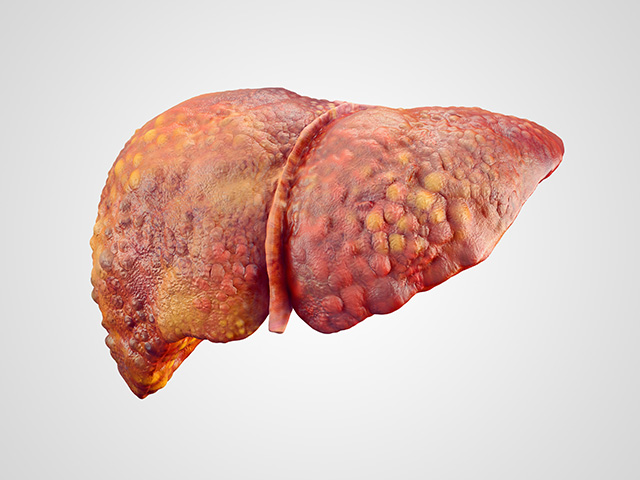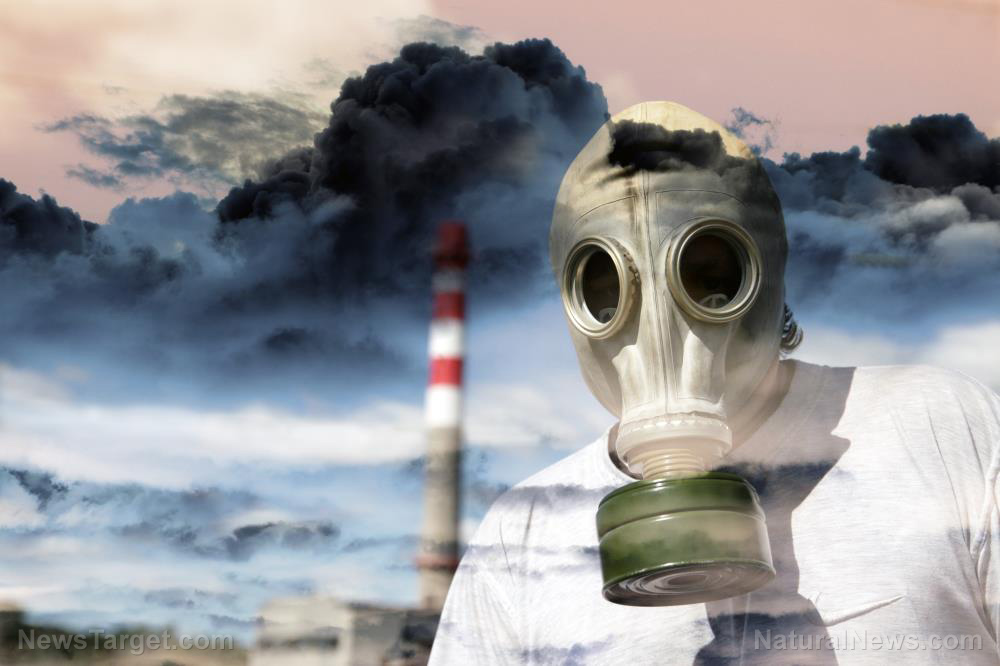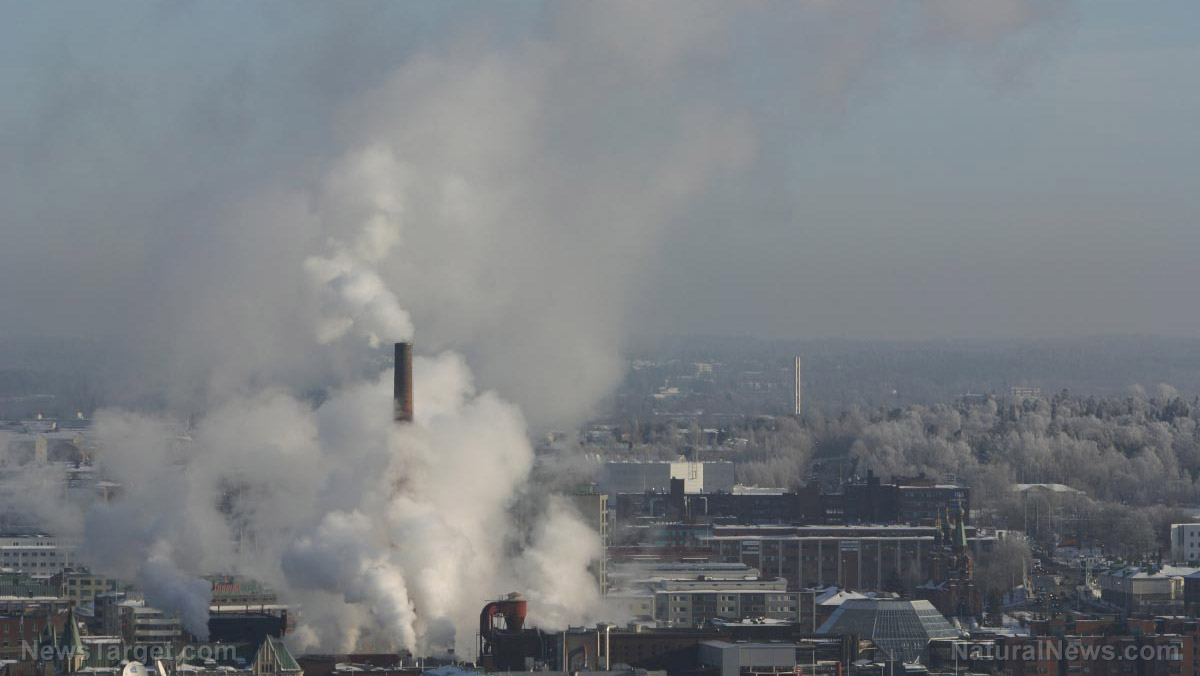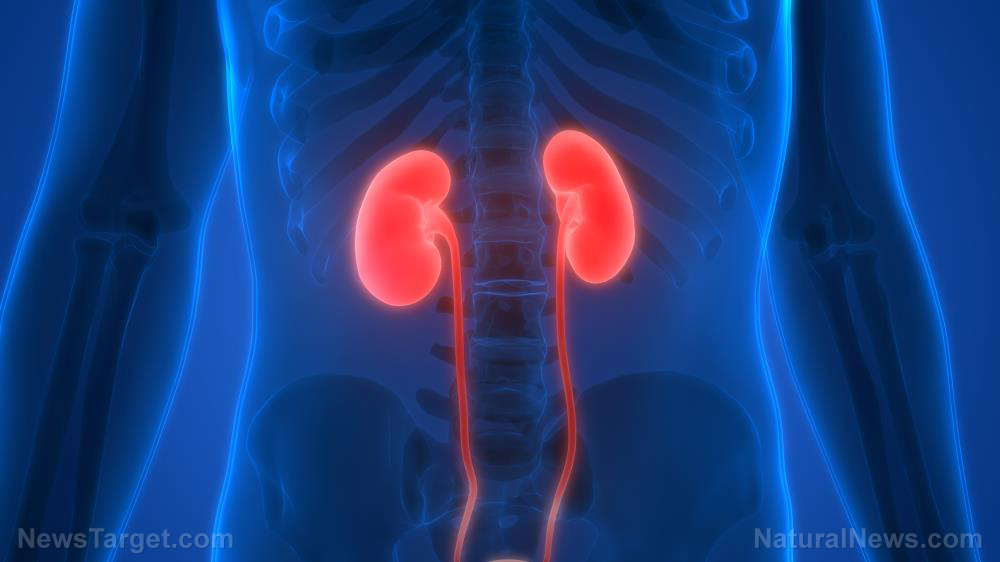Here’s why you should also look at the quality of air indoors
05/10/2018 / By Zoey Sky
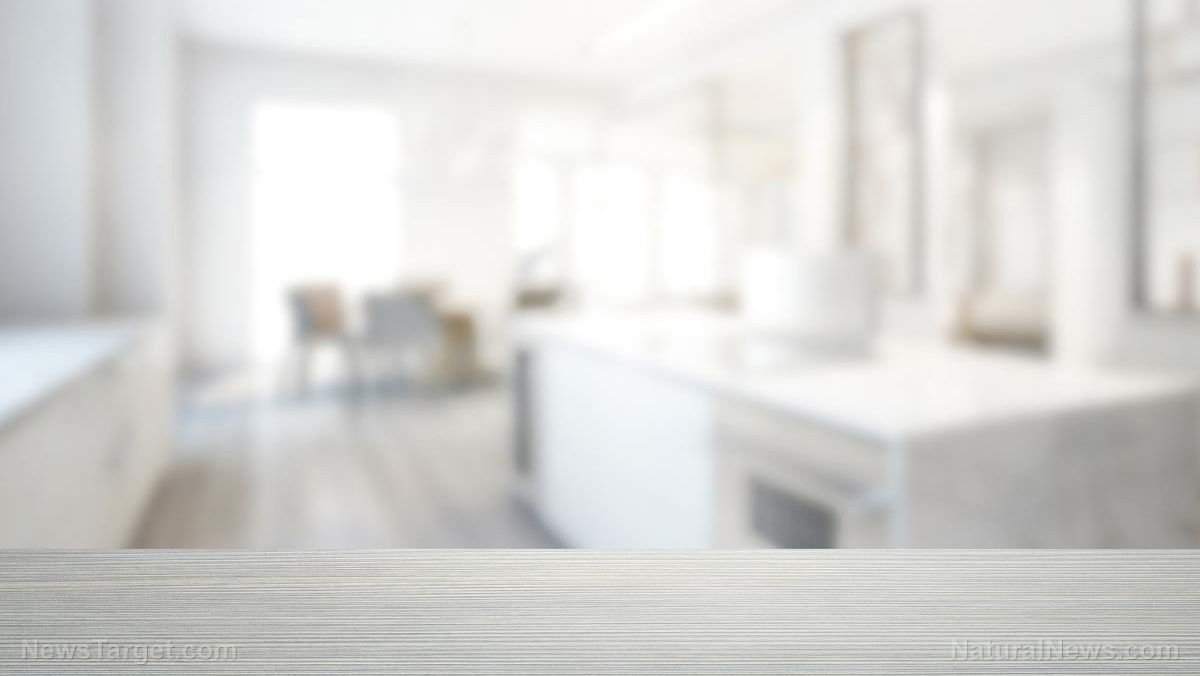
Around the globe, measures are being taken to reduce air pollution. But are we forgetting that our homes can also harbor pollutants?
In this information age, society and business are dependent on technology, which means that most of us spend a good chunk of our time indoors. The air quality of the environment where we live and work directly impacts our health.
Pollutants, even in the air inside
Alessandro Miani, head of the non-profit Italian Society for Environmental Medicine (SIMA), warned that ironically, indoor air could be more dangerous to our health than outdoor air. Miani said that aside from the contaminants that can also be found in outside air, homes and offices can also contain indoor pollutants. SIMA then came up with a set of rules that can help preserve the air we breathe in indoor settings.
Miani noted that homes often contain pollutants such as dust, molds, and spores. Additionally, indoor pollutants in homes include those that come from daily activities like cooking and cleaning that add to the release of other harmful substances.
Individuals are usually at risk of developing respiratory diseases when they reside in a damp home. Miia Pitkäranta, a Finnish molecular microbiologist who’s expertise lies in indoor air quality, said that most studies focus on asthma because it’s much easier to identify. While there are other warning signs, such as eye irritations, that are more widespread, they can be harder to quantify and take note of. Pitkäranta explained that mechanisms such as allergies, direct toxicity, and irritation might also be involved. (Related: Natural ways to purify the air indoors.)
According to the EU Healthy Homes Barometer 2017, at least 40 percent of individuals have a higher chance of developing asthma if their home is damp or moldy. Now, a whopping 2.2 million Europeans have asthma because of their living conditions. One out of six Europeans also reported that most of the time they are in unhealthy buildings with damp floors and walls, leaking roofs, and poor daylight.
Aside from causing various health problems, indoor pollutants have an economic impact. The cost of asthma and chronic pulmonary disease is about €82 billion per year in Europe. Half of this is spent on medicine and care while the other half (or roughly €40 billion) is chalked up to indirect costs like reduced work productivity.
To address this, the European Commission has suggested revising the Energy performance of buildings directive, such as measures “to promote the use of smart technology, to streamline existing rules and accelerate building renovation.”
The Healthy Homes Barometer also emphasized that 45 percent of Europeans live in homes with low temperatures to save money, especially since they have to pay expensive bills, live in inefficient buildings, and have low incomes. To lower energy costs and boost their health, homeowners are advised to work on refurbishing their homes.
However, only two percent of European homes are properly renovated yearly.
Because of this, EU research projects are focused on motivating people to start renovating more. For example, R2Cities (Residential Renovation towards nearly zero energy Cities) has collaborated with at least 1,500 individuals in Italy, Spain, and Turkey. Energy-saving technologies are also being enforced. There are demonstration districts in Genoa (Italy) and Kartal (Turkey), with works being financed by the European Union and the municipalities. In Valladolid, Spain, there’s a residential complex where homeowners have also worked on interventions.
It’s not too late to take inspiration from these various projects around the globe. Now might be the time to get the ball rolling on measures that can be enforced to address similar problems concerning indoor pollution in the U.S.
Natural ways to purify the air in your home
Start purifying the air in your home to prevent yourself and your loved ones from getting sick because of various indoor pollutants. Check out the natural ways that you can do this below:
- Beeswax candles – Regular paraffin candles are made from petroleum that can pollute the air, but pure beeswax candles burn with little to no smoke or scent. Beeswax candles also release negative ions into the air, and they can benefit people with asthma or allergies since these get rid of common allergens like dust and dander.
- A Himalayan salt lamp – When Himalayan salt lamps are lit, the crystallized salt is heated by the small bulb inside. This releases negative ions also to neutralize air pollutants.
- Houseplants – Some plants are perfect for eliminating pollutants like benzene, formaldehyde, and trichloroethylene. Top picks include the bamboo palm, Boston fern, dracaena, dragon tree, English ivy, golden pothos, lady palm, and the spider plant. Put at least one plant per 100 square feet in your home to maximize the air purifying effect of your houseplants.
You can read more articles on natural ways to minimize air pollution in your home at Pollution.news.
Sources include:
Tagged Under: air quality, asthma, building efficiency, chronic pulmonary disease, contaminants, dangerous chemicals, environment, environmental damage, environmental harm, environmental protection, Europe, indoor air, indoor air quality, indoor pollutants, Italian Society for Environmental Medicine, mold and allergens, SIMA


